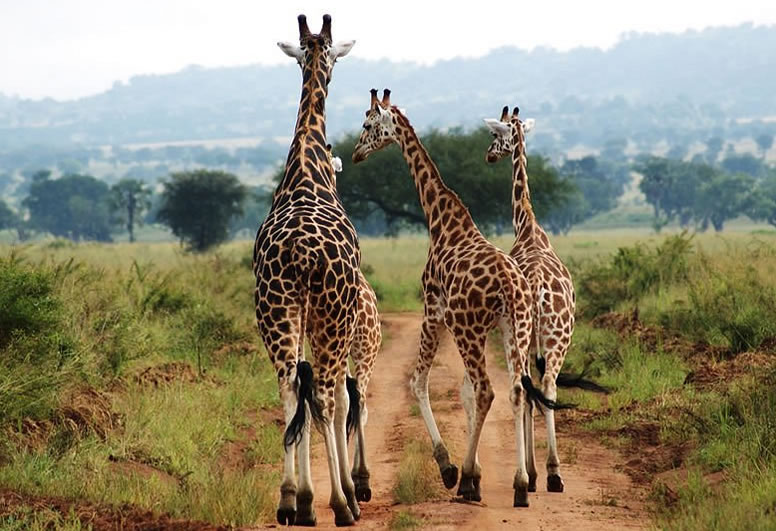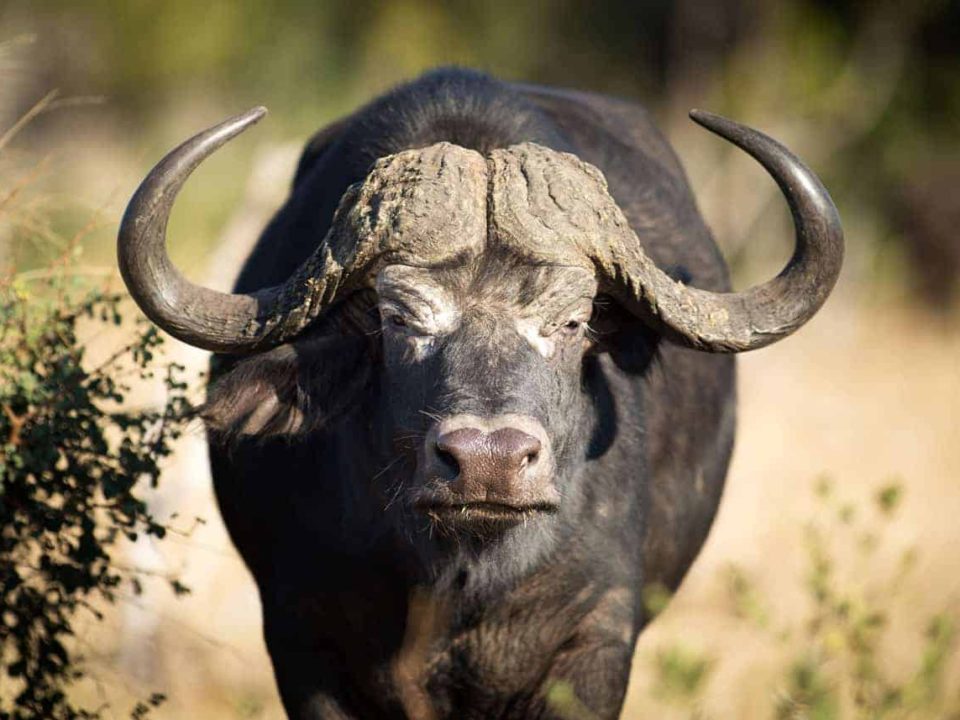Katonga Wildlife Reserve
June 3, 2018Exploring The Katwe Crater Lake in Uganda
June 5, 2018Have you ever heard about the little five animals in Africa? When it comes to African safaris, the most popular wildlife species are the big five. They are the most sought after safari wildlife species on earth today and they include the African elephants, lions, buffaloes, leopards and rhinos. However, African safaris go beyond the big five as you also have opportunity to sight some of its most stunning little 5 game which equally reward with lifetime experiences. The term is largely used by conservationists who need to attract the attention of people to smaller species most of which are challenging for one to sight out compared to the bigger wildlife species. However, the names are interchangeably used where elephants turn to be elephant shrew, the leopards-become leopard tortoise, buffaloes-buffalo weaver bird and they are explained as below;
Elephant shrew
This is regarded as one of the most beautiful mammal species of all the little 5 game. It comes in small size and it depends on insects. It derived its name from its elongated nose that seemingly looks like that of an elephant’s trunk. These belong to Macroscelididae family. The elephant shrews are largely found all over southern African continent and the largest population exists in various habitats including the desert and thick woodland. Besides their abundance and being active during day time, these mammal species are seldom sighted. They are known to be shy and quick reaching speeds of more than 17 mph per 28 kmph. They can thrive up to 12 inches or 30 cm and they posses relatively long legs. The elephant shrews have little trunks that are quite flexible and can be twisted to sniff out insects that they flick into their mouths using their tongues. These unique mammal species can also leap nearly 3 feet in a single bound. They are not very social though they stay in monogamous pairs. They mark their territory with a strong scent released by a gland under the tail.
Buffalo weaver
These come in 3 types; the white headed buffalo weaver, the white billed buffalo weaver and the red billed buffalo weaver. Interestingly, all the 3 species of buffalo weaver can be sighted in East African states especially Uganda, Kenya and Tanzania but travelers on safari to South Africa can as well sight the red billed buffalo weaver. These 3 species appear distinct-the white billed and red feature dark bodies whereas the white headed is white and brown. They are commonly thriving in their home ranges and a bit simpler to sight just like any weavers, they are too vocal. They stay together in noisy colonies, weaving intricate nests from small sticks and dry grass. The buffalo weaver birds mainly thrive in dry savanna and scrubland places and they thrive up to 9.5 inches or even 24 cm in length. They depend on seeds, small insects and fruits. The red billed buffalo weaver is famous to prey on scorpions. They lay eggs around September to June and the peak season is between December and March. The females lay eggs ranging from 2 to 4 eggs and incubate them for about 2 weeks time.
Rhinoceros beetle
Globally, there are fewer than 300 rhinoceros beetles, 60 of them in Southern Africa. And all of these belong to the scarab beetle family. They derived their name based on their body armor and for the hooked horn which graces the head of the male. Other species can even thrive up to six inches or 15 cm in length though the beetles that you will easily sight are smaller. The biggest Southern African rhino beetles thrive up to 2 inches or 5 cm. A side from their big size and incredible appearance, rhino beetles are absolutely harmless to humans. Male insects use their horns to fight over boundaries or even to dig for food inside rotting tree trunks. Their diet differs and can comprise of bark, sap, vegetables, fruits and many more. These species feature among the strongest species in the world. They feature wings though their big size makes efficient flight a bit challenging.
Leopard tortoises
The leopard tortoises exist all over Sub Saharan Africa, semi arid places of scrubland and savanna. They derived their name based on their rare gold and black markings that roughly resemble the rosette spots of a leopard. Most of the tortoises’ markings are even more defined compared to others. They depend on dry grass and usually look for refuge from extreme weather in the abandoned burrows of other wildlife like jackals and anteaters. They have ability to dig for themselves though they do it only when it is time to lay eggs.
These species are normally solitary and are sighted on quiet stretches of road. Whereas they appear smaller, they can thrive up to 39 inches or 100 cm in length and this makes them the 4th biggest of all the tortoises in the world. Their eggs are stolen by most bird species and small mammals and they are eaten by humans too all over their range. They are more resilient with remarkably hard shells. They have ability to climb, swim and live. They are scientifically called stigmochelys pardalis.
Ant lion
This is the smallest species in the little 5 group and it is distinct specie in Africa. About 2000 members still thrive on earth today. Ant lions are fully grown with winged insects which look like that of the dragonflies or damselflies and when they are in their larval stage, they are fearsome looking beasts with hairy, obese bodies and sharp sickle shaped jaws. Its larvae are rare for their popularly savage temperament that features that of their lion counterparts. At this stage, they are capable predators. Most of them dig tiny, crater shaped traps in the sand that they use to catch their prey. They lie in while waiting at the bottom of the crater then ambush their victims. They have hollow jaws which help them to suck their prey dry and once they have finished, they toss aside the carcass and wait for their next victim.
In conclusion, the term the little five was derived after safari visitors’ successful wildlife experience of the big 5 in Southern Africa. Each of these smaller species feature the names of the big 5 game that popular in African continent.



